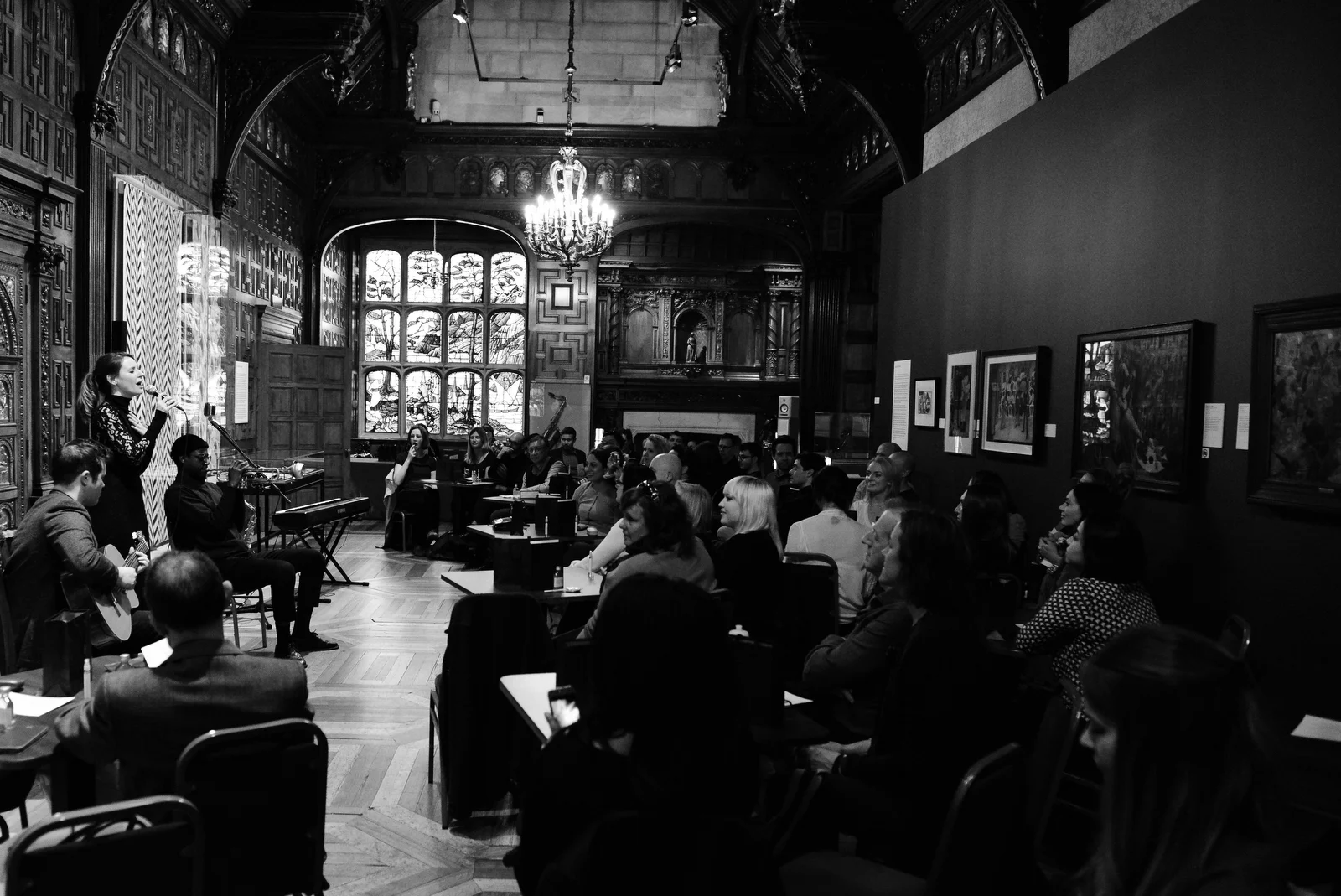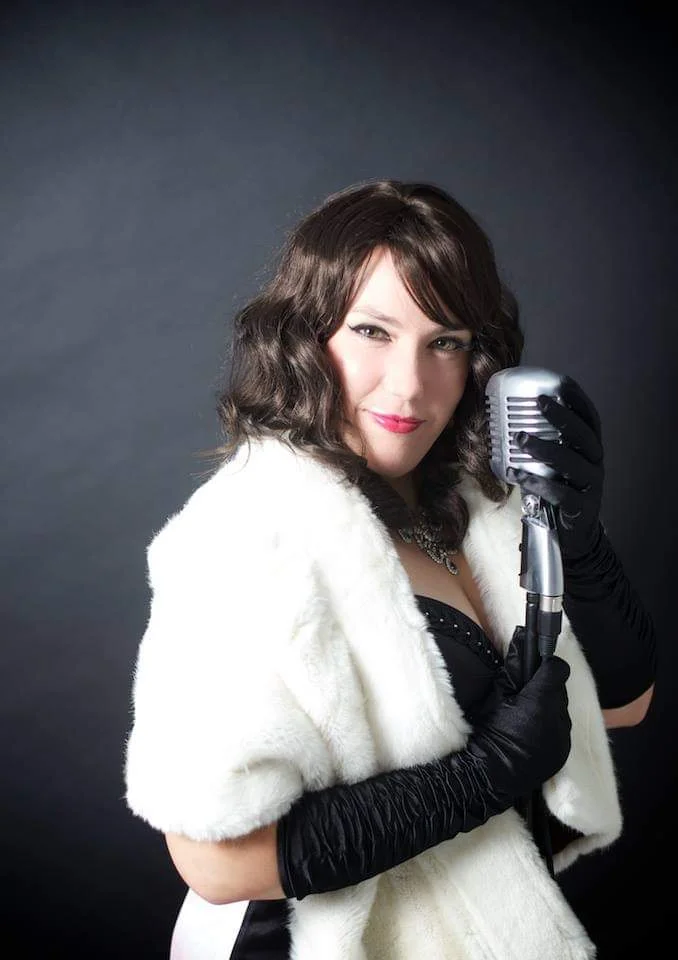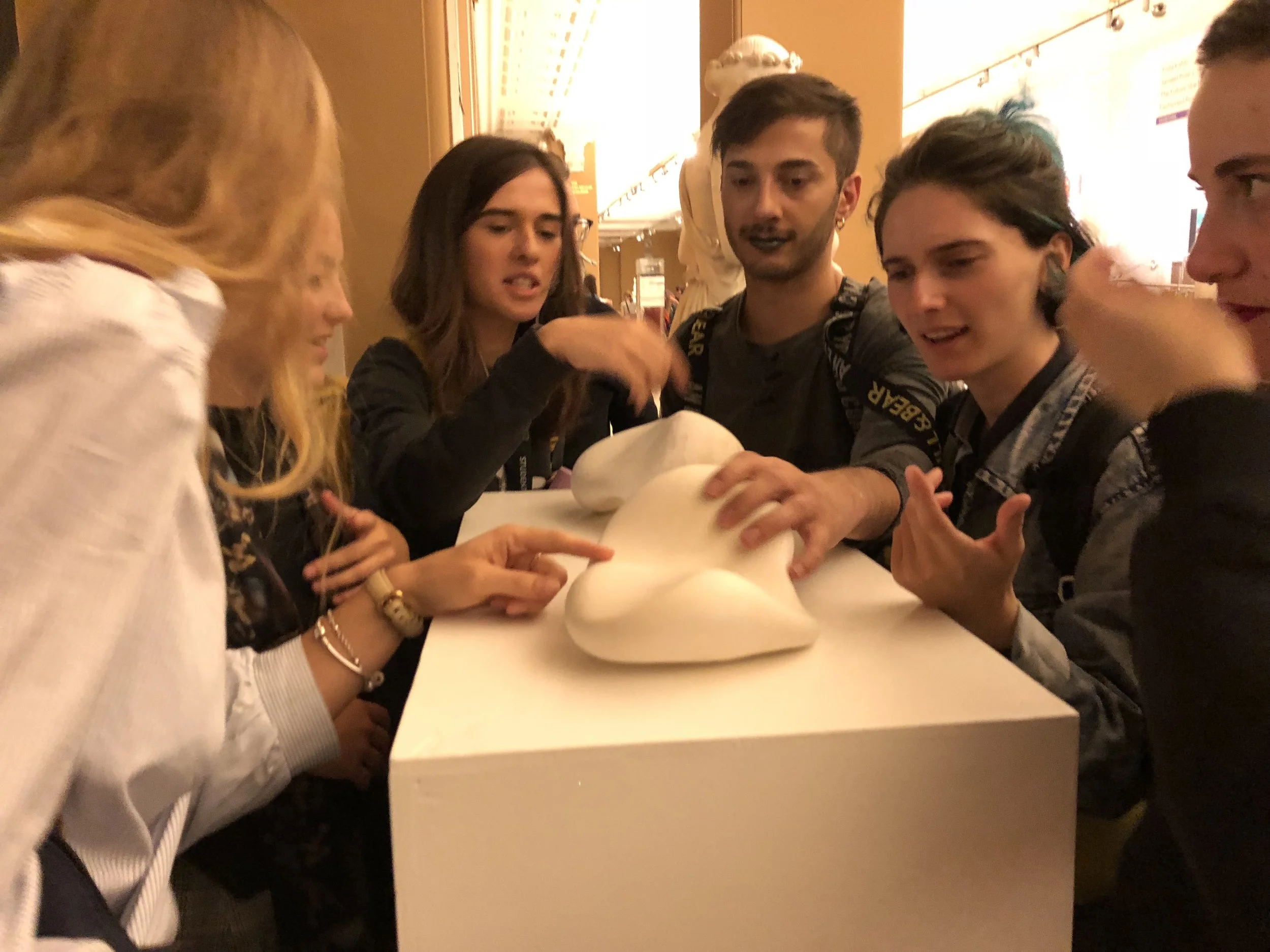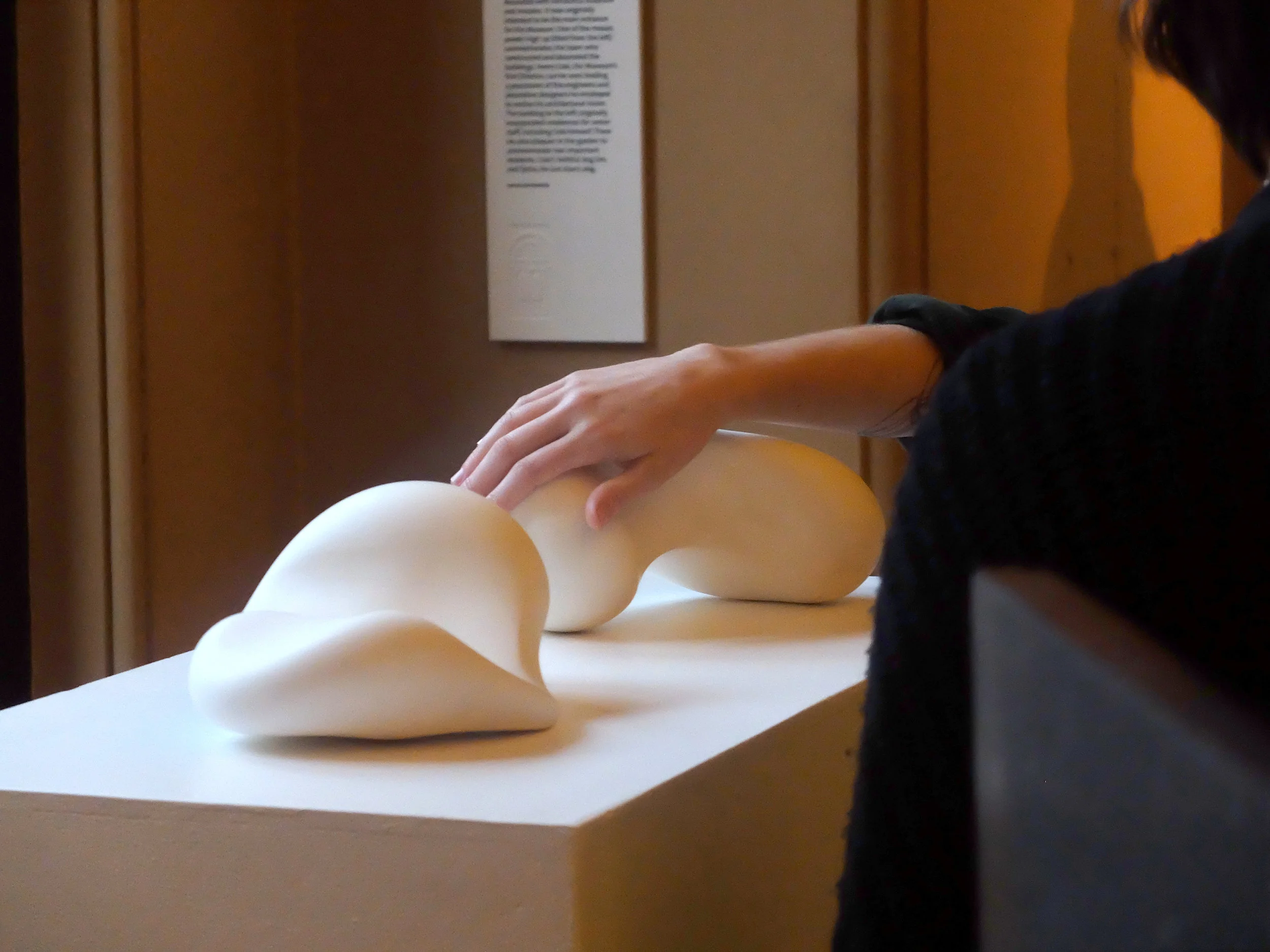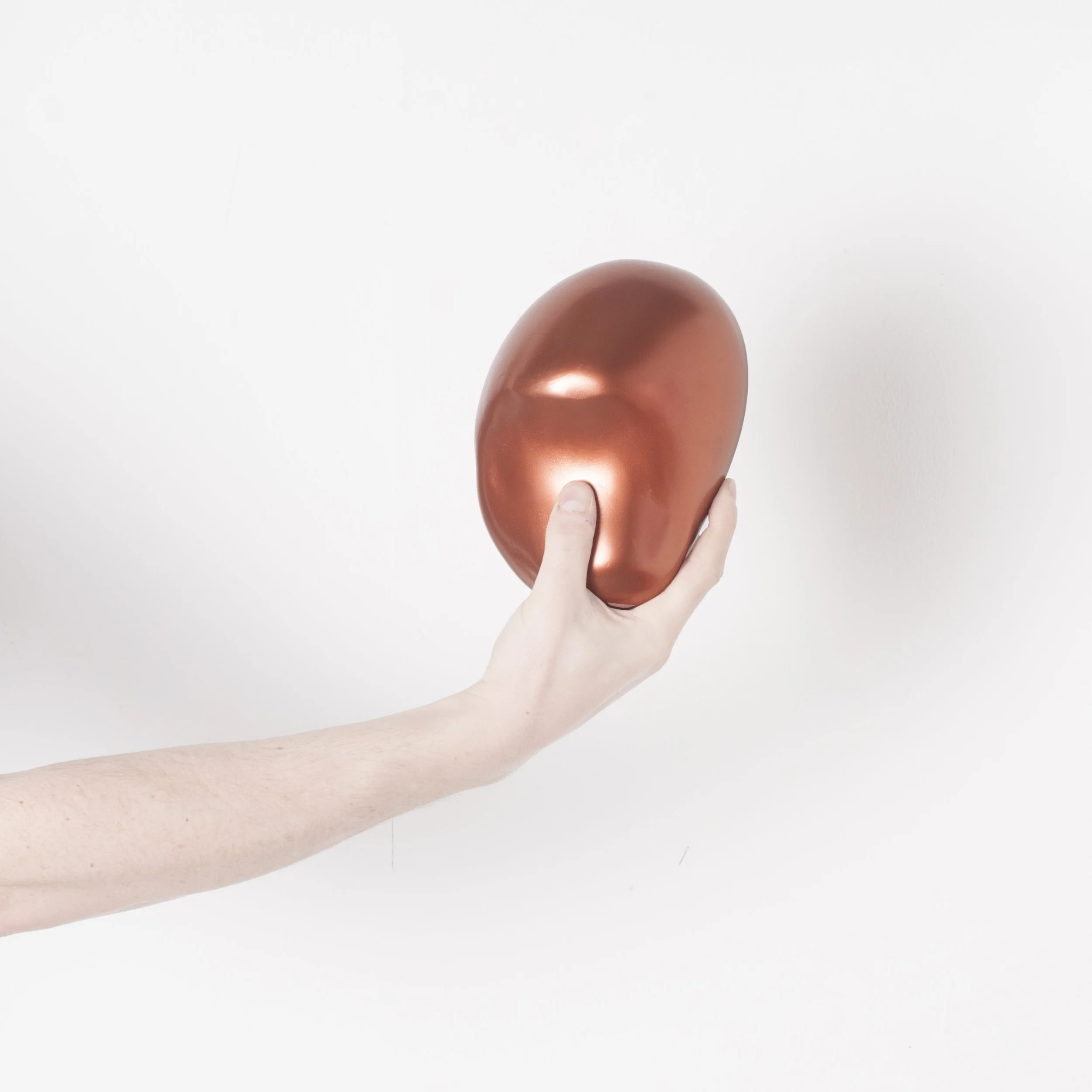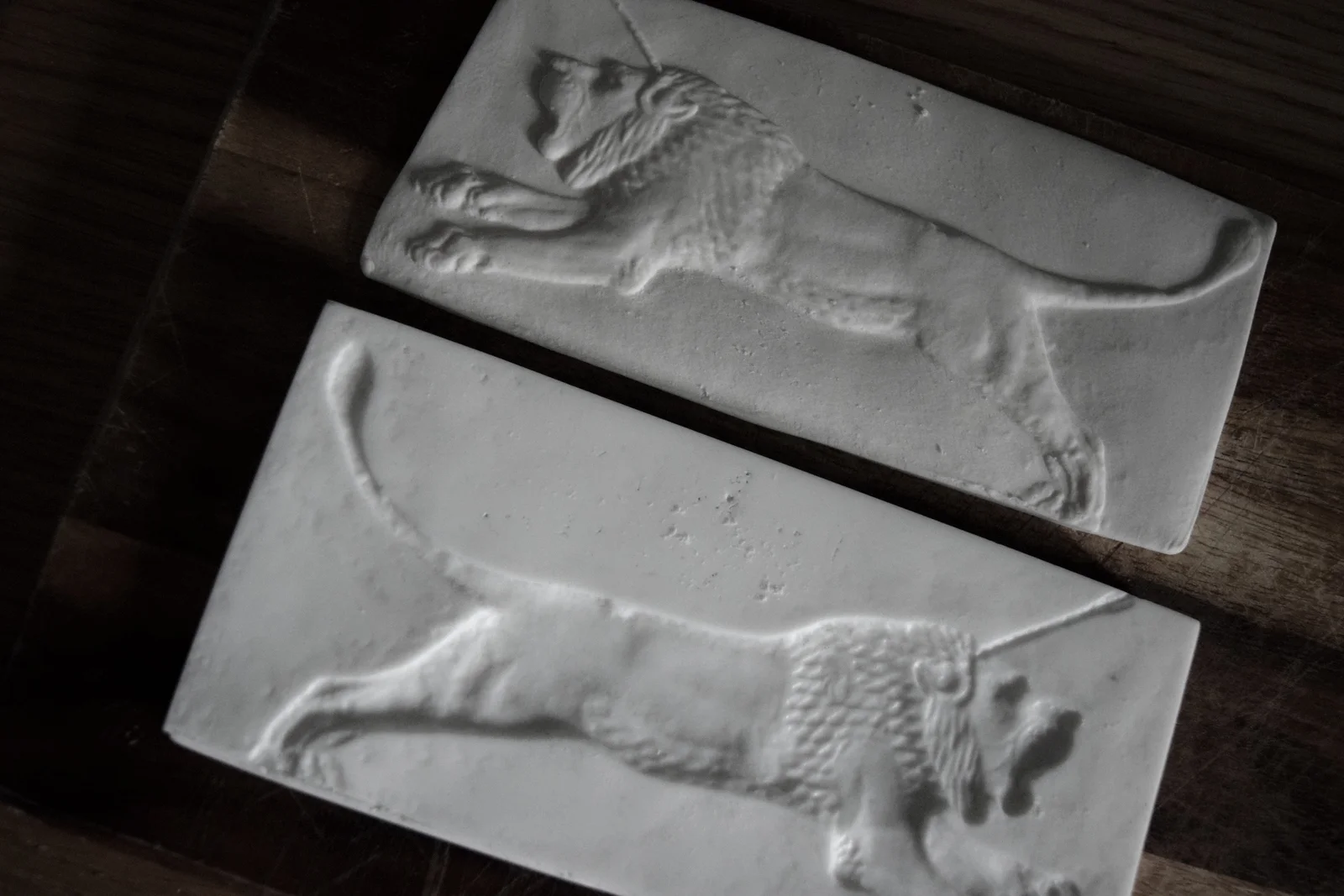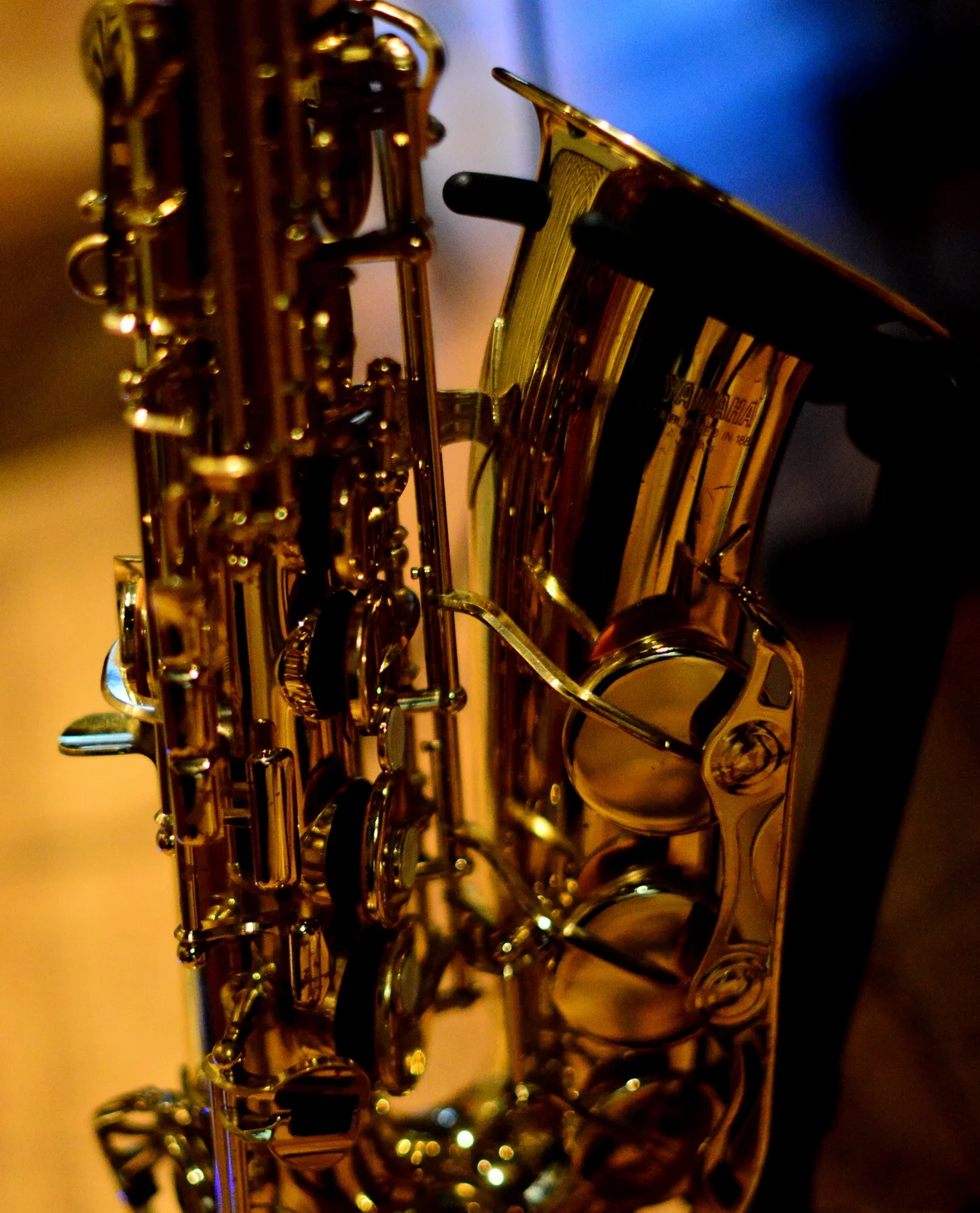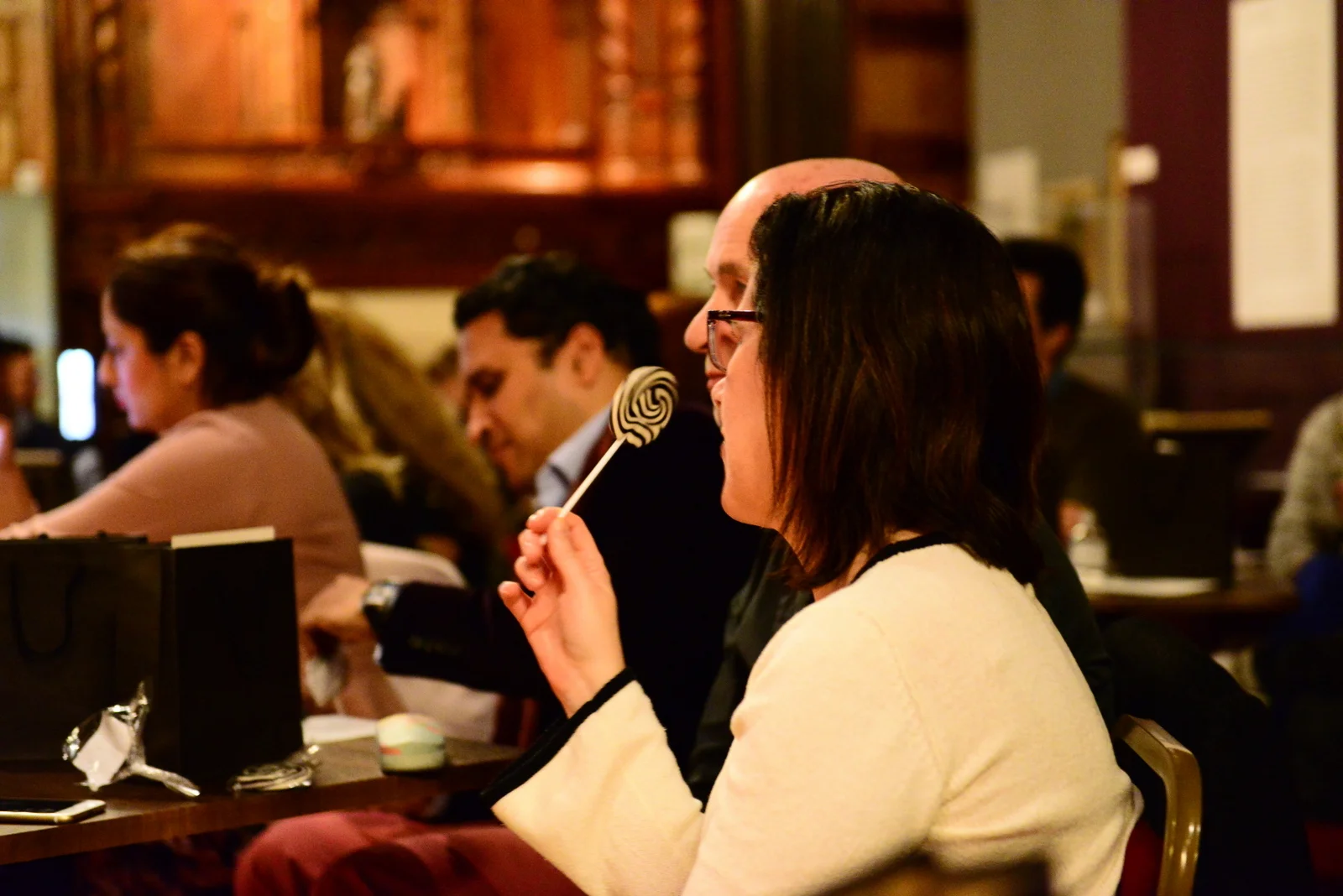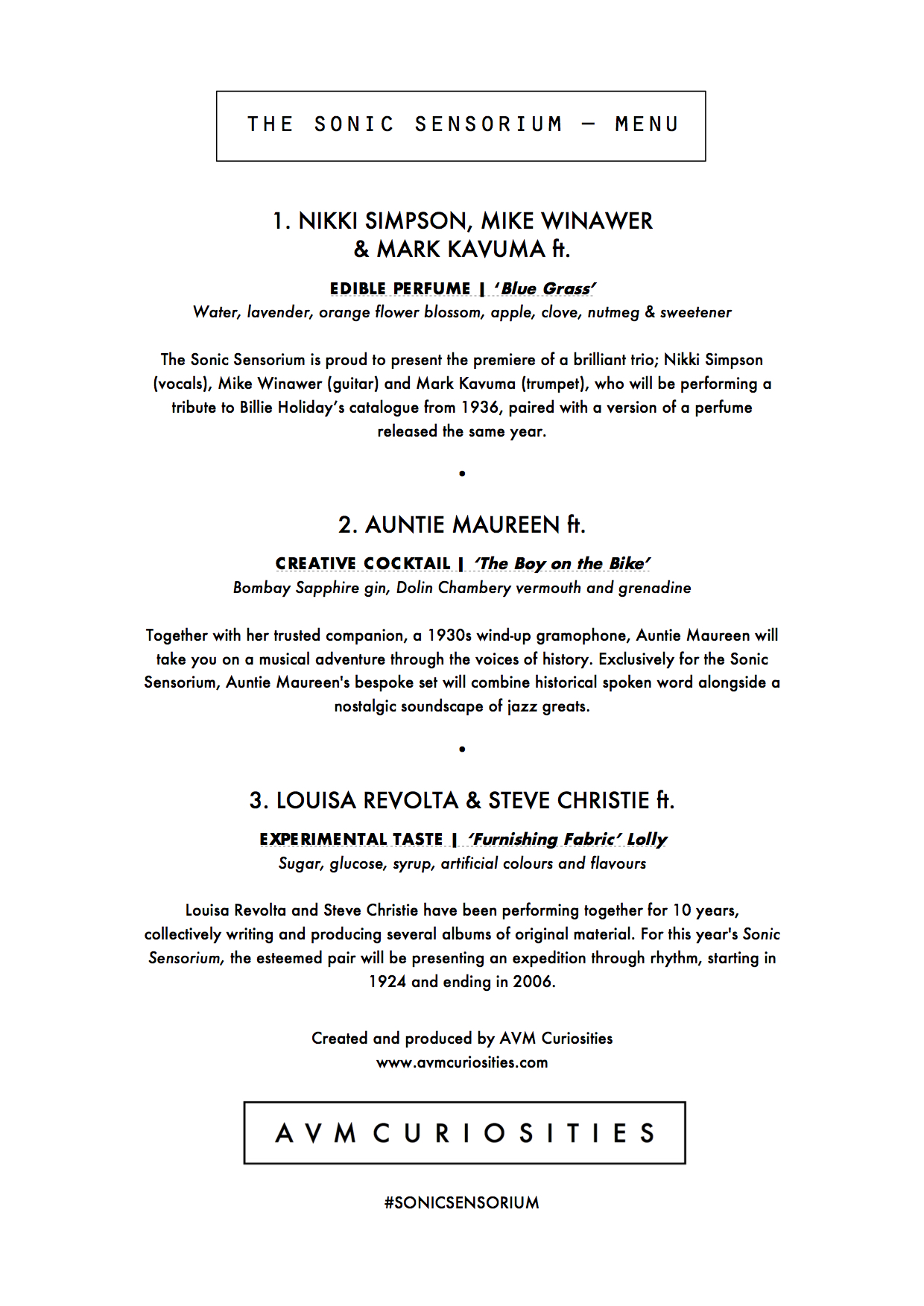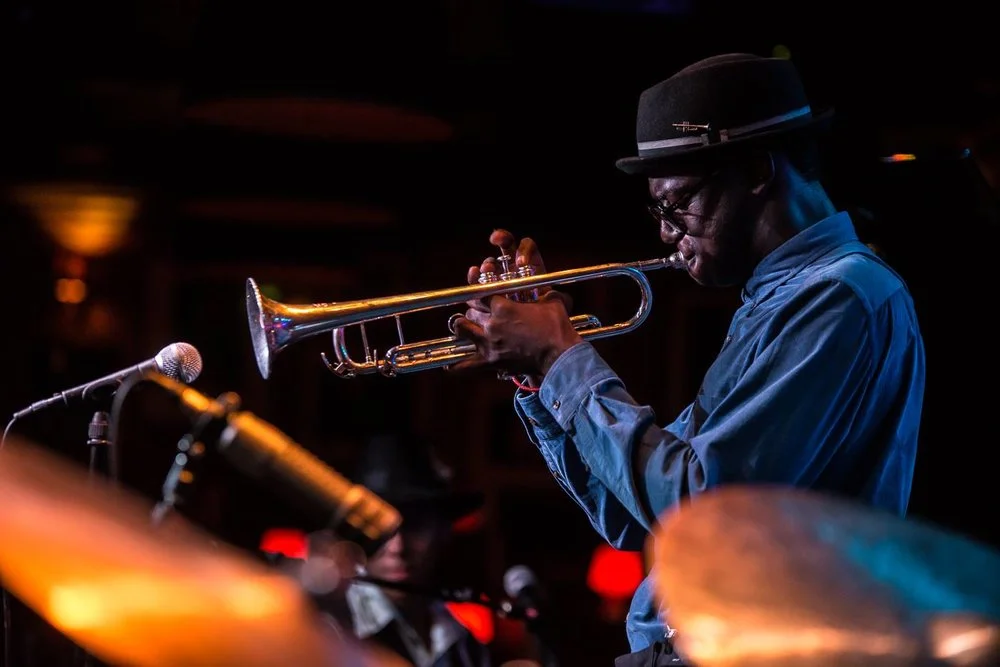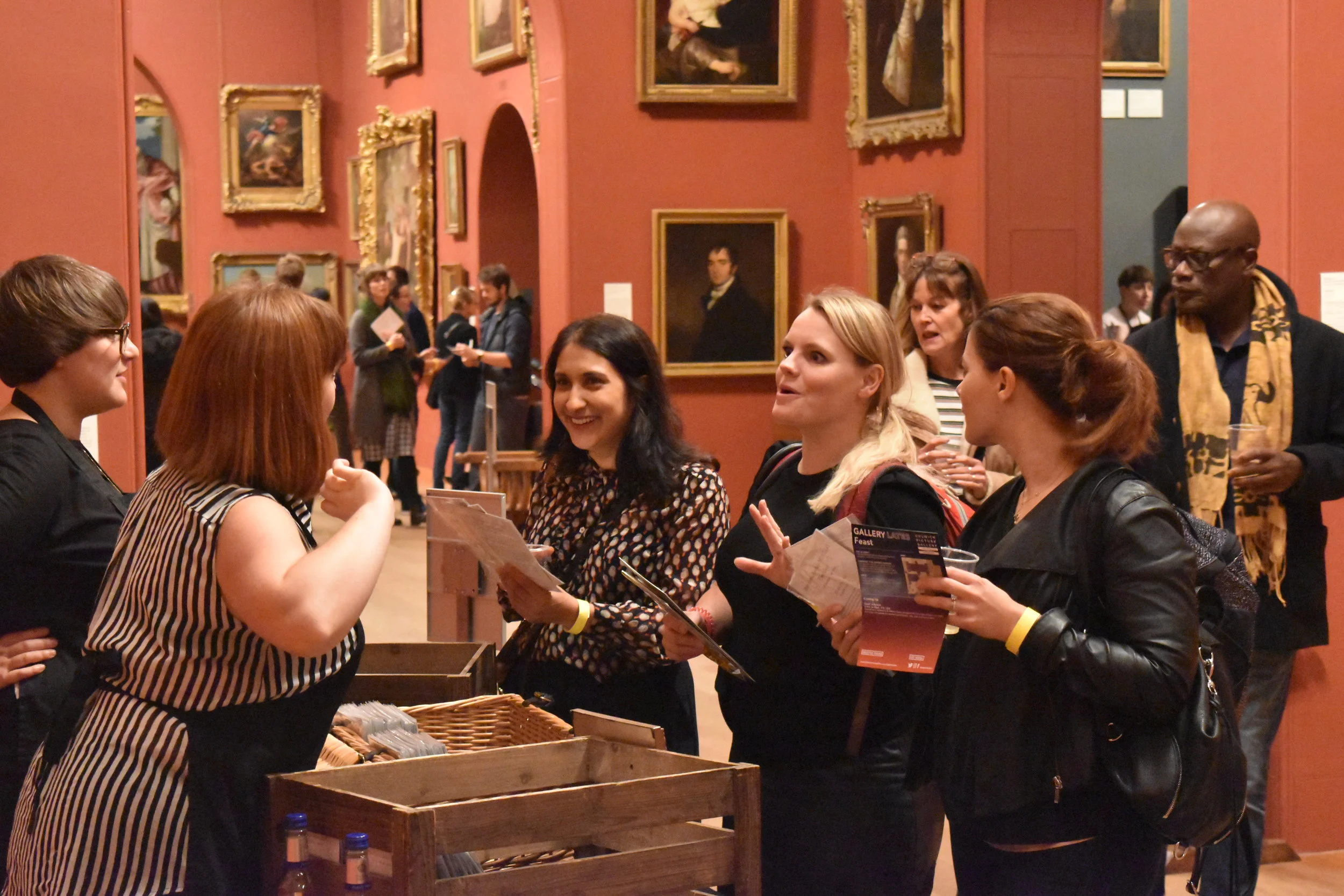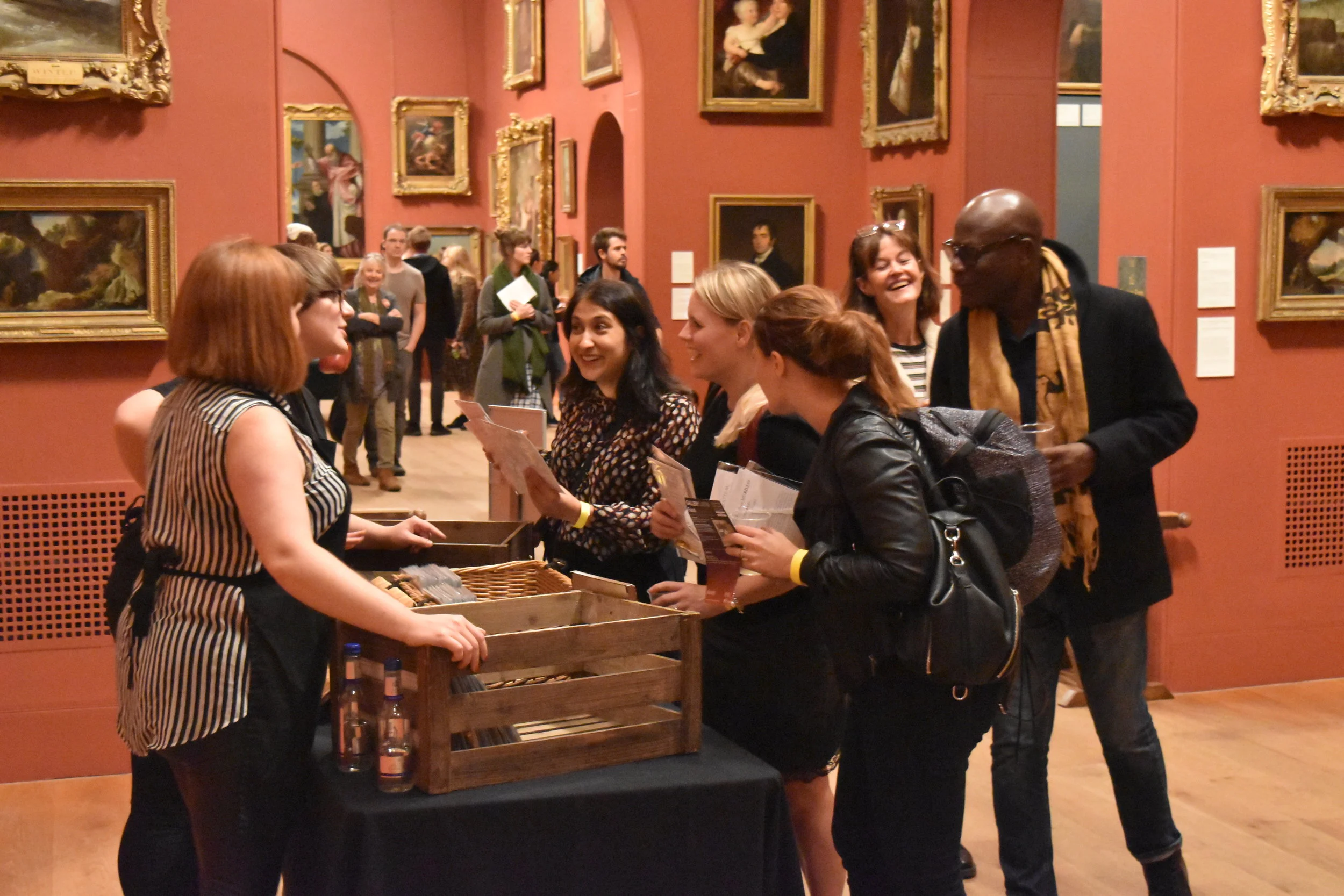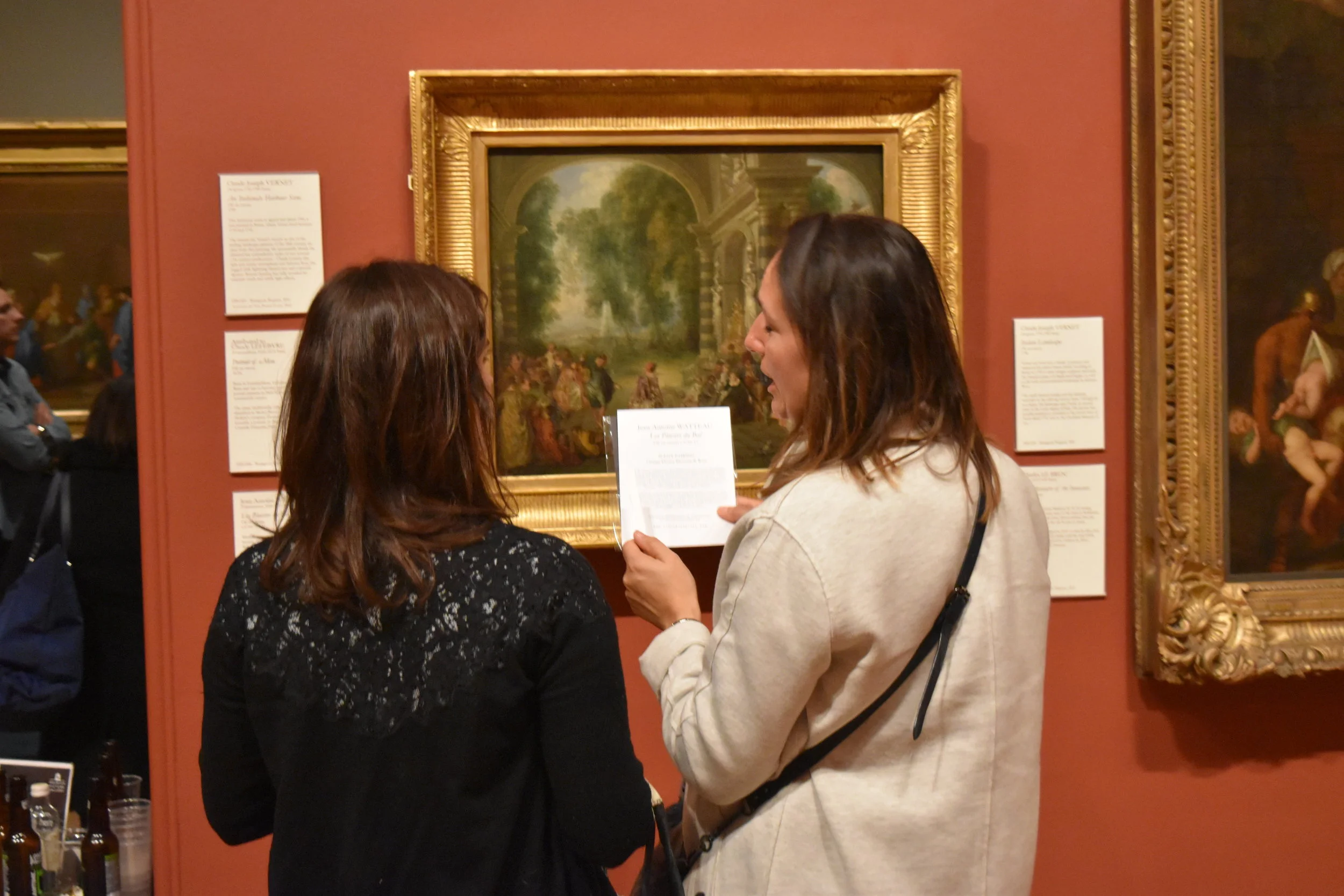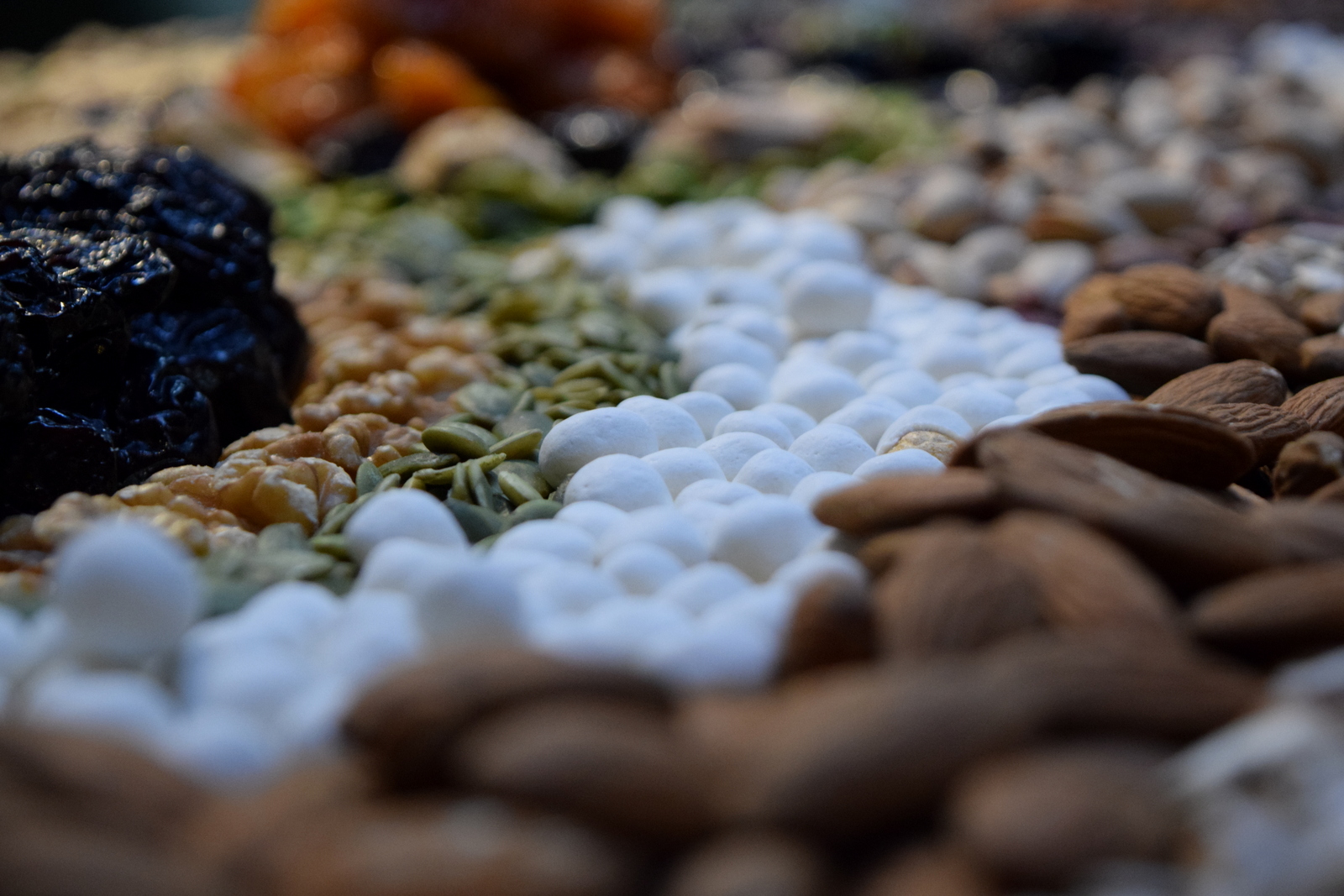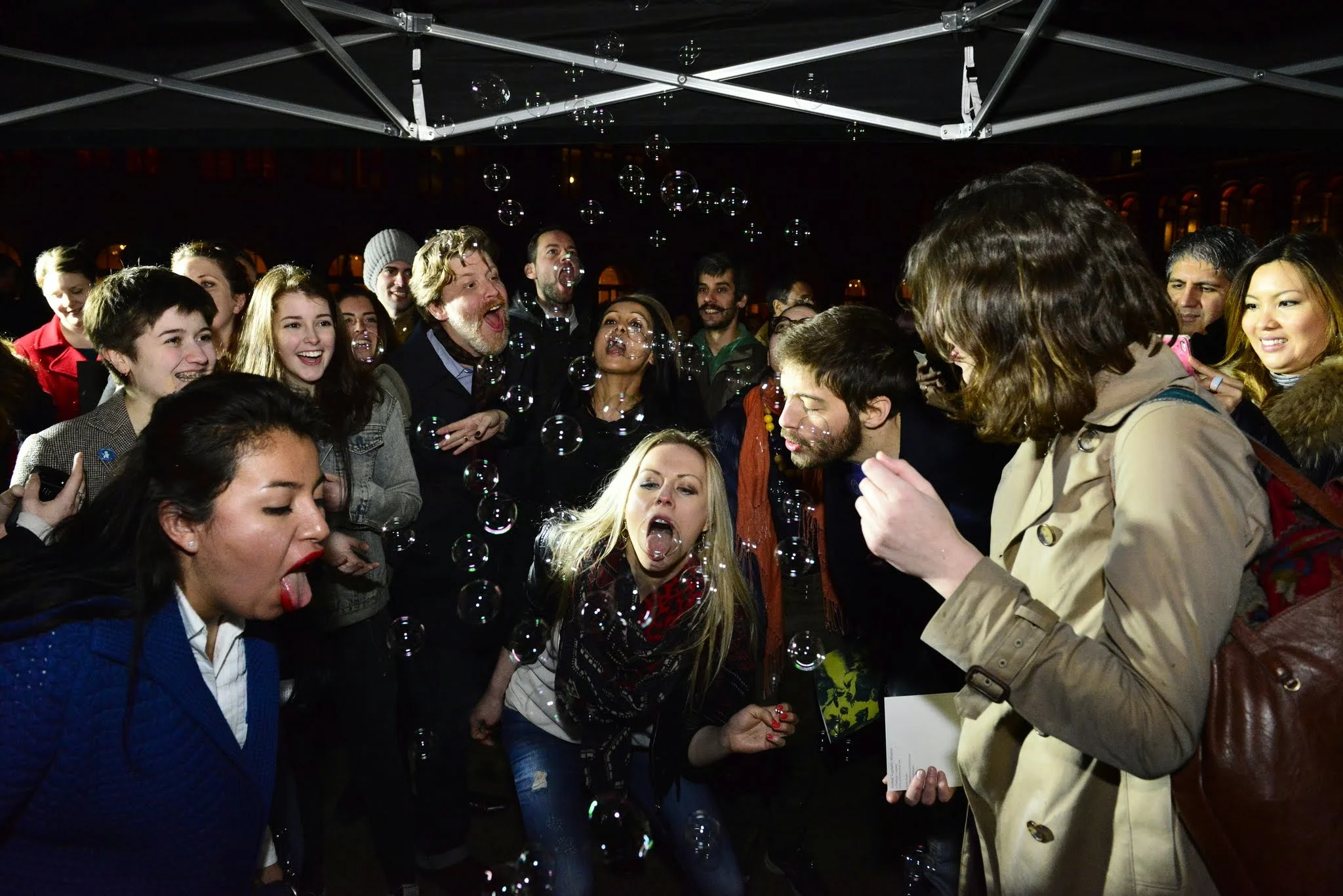The Cabinet of Curiosity: LIVE is an immersive experience, which will transport attendees into a world of wonder. Curated by AVM Curiosities, the event draws inspiration from Two Temple Place’s exhibition The Power of Seeing, with themes of nature, beauty, and architecture.
The performance will take attendees around the exhibition to interact with a series of artists and musicians. Drawing on the showmanship of the Renaissance Cabinets of Curiosity, Tasha Marks from AVM Curiosities will act as your host for the evening, presenting a collection of theatrical marvels, via the mediums of storytelling, music, perfume and poetry.
John Ruskin, Study of Moss, 1875-79
Tickets are £28.50 and include entry to the exhibition, all performances and 1 complimentary cocktail: ‘The Ruskin’ – which combines Sheffield Gin with tonic and subtle notes of apple & moss syrup. A non-alcoholic alternative will also be available (please email us to confirm this choice in advance).
There are two sessions available, 6.30-8pm & 9-10.30pm | Please note that your ticket will only be valid for the entry time booked | For the 6.30pm session doors will open at 6.15pm, and the performance will start at 6:45pm sharp | For the 9pm session doors will open at 8.45pm, and the performance will start at 9.15pm sharp.
The Performers
Stumble Trip Theatre are a female-led physical theatre company born at the Jacques Lecoq School, Paris. Their shows combine movement, clown and cabaret focusing on empowerment and play. Stumble Trip have performed at Brighton Spiegeltent, Edinburgh Fringe, Camden People’s Theatre, The Wardrobe Bristol, Saddler's Wells Lilian Baylis Studio and Vault Festival.
Nara Taylor trained in Music at The University of Surrey, specialising in performance. Since completing her degree she has studied with Peter Crockford at City Opera, and performed operatic and classical music for audiences all over the world. She has sung in such prestigious venues as The Cutty Sark, The Tower of London, and even The Royal Opera House. Her most memorable performance was singing in a cowshed, serenading cows as an experiment to increase milk production, and she was even featured on the BBC news, performing in a ball gown and of course, wellies.
Sam Rix is an actor, writer, voice-artist, comedian and storyteller. After training at the Royal Welsh College of Music & Drama he has gone on to perform on stage and screen with a recurring character on 'The Royals' (Lionsgate) and has recently finished filming on the latest series of Top Boy (Netflix). He has been a part of the BBC Radio repertory company, working extensively on their multitude of audio dramas, comedies and documentaries that fill the airwaves. He is a founding member of The Embers Collective, a storytelling and live music group that put on shows in intriguing locations.
Having composed and produced the soundtrack for the BFI award-wining film We See Colourless, David Joyson went on to co-found and manage The Egg recording studio. Performing in several bands before embarking on his current solo project, Stowaway. Joyson has also provided vocal for School of Hypnosis' reinterpretation of Terry Riley's minimalist masterpiece, In C and is a founding member of Haha Sounds - a London-based collective formed of a choir and accompanying instrumental group with roots in jazz, soundtrack and avant-garde music.
Tasha Marks (Host) is an award-winning food historian and artist, who explores the relationship between art and the senses. Her practice, AVM Curiosities, champions the use of taste and scent as artistic mediums, with projects ranging from museum exhibitions and sculptural installations, to interactive lectures and limited-edition confectionery.

